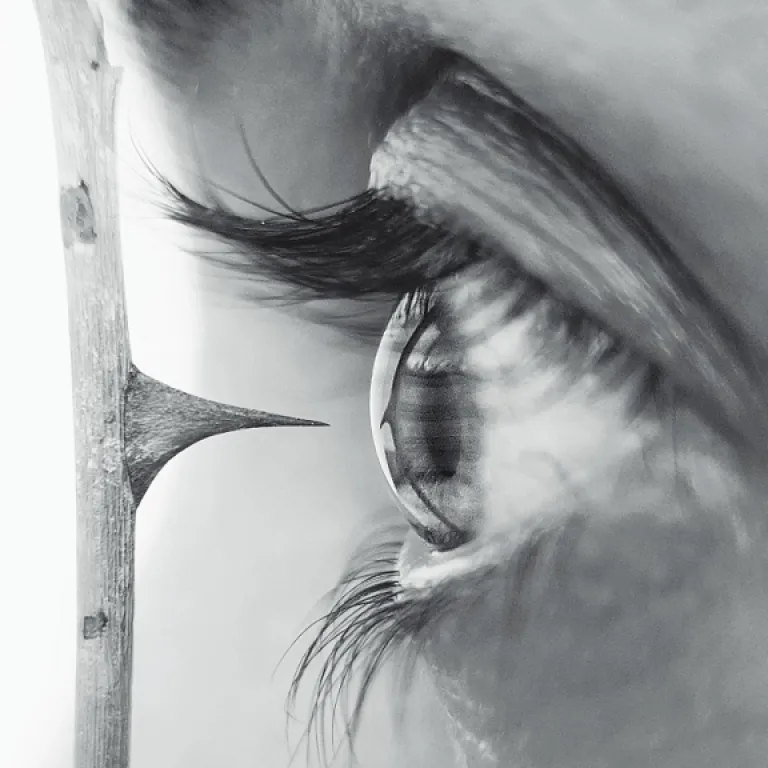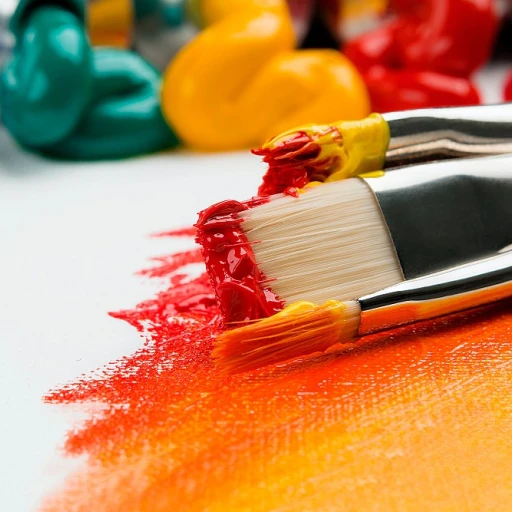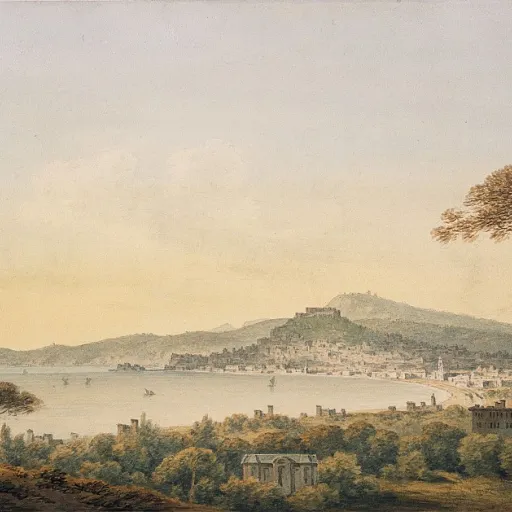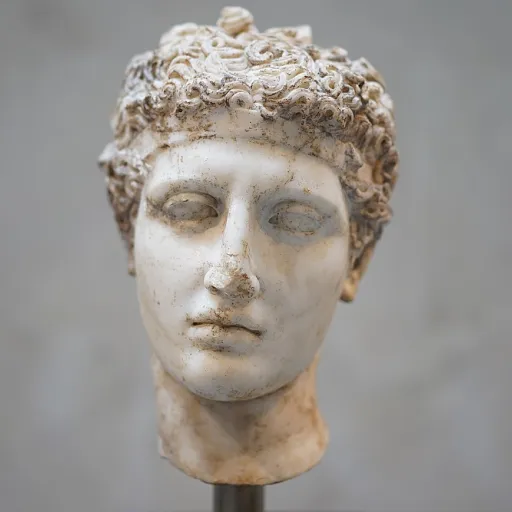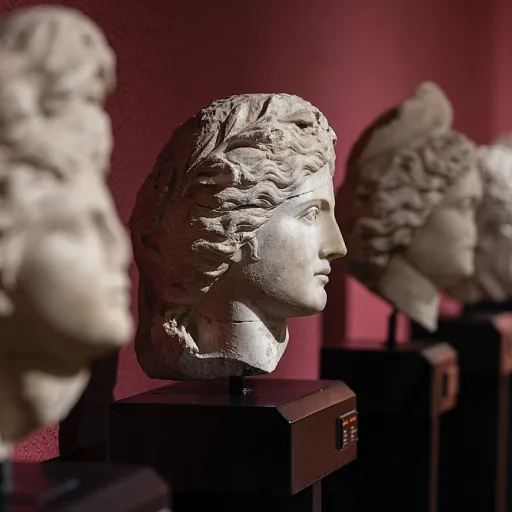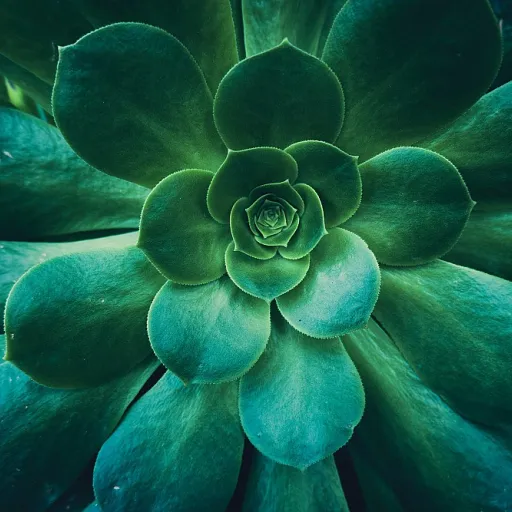-teaser.webp)
The Historical Significance of Printers' Ornaments
Echoes from the Elegant Epoch
The eighteenth century was a remarkable period in the evolution of printed books, characterized by the artful application of printers' ornaments. These small yet significant decorative elements adorned borders, initial letters, and various parts of the printed page, such as headpieces and tailpieces. Created by skilled type founders, these ornaments were not just mere decorations; they were a testament to the craftsmanship and intricate detailing of their time.
Printers' ornaments, also known as fleurons, added a certain flair to printed works, much like the essence captured by modern luxury art frames. The visual appeal of wood and metal type ornaments told stories beyond the pages and borders, capturing the imagination of readers and collectors alike. These pieces of decorative work, often overlooked as minor embellishments, held a form of artistic communication that transcended the constraints of the written word.
In essence, printers' ornaments were a bridge connecting art with literature, wherein each ornament wasn't merely a design, but a narrative etched in wood and metal. Its historical significance is still revered today, resonating within the luxury art community while sparking a visual search journey for collectors intrigued by the allure of lucite blocks in luxury art. This intricate heritage reflects in the continued interest in preserving, celebrating, and incorporating these exquisite ornaments into modern artistic expressions.
Craftsmanship Behind Printers' Ornaments
The Artistry and Skill in Creating Printers' Ornaments
Printers' ornaments are not merely decorative elements; they are a testament to the craftsmanship and dedication of the artisans who created them. These intricate designs, often found in the borders of printed books and as initial letters, reflect a rich history of artistic endeavor that dates back centuries.
The creation of these ornaments required a meticulous process, often involving both wood and metal blocks. Skilled type founders and compositors would carve or cast these designs, ensuring each piece was both functional and aesthetically pleasing. The eighteenth century was a particularly notable period for the development of these decorative works, with artisans pushing the boundaries of what could be achieved with small ornaments and fleurons.
Each ornament, whether a simple fleuron or an elaborate headpiece or tailpiece, required a deep understanding of both art and the technical aspects of printing. The initials and factotums used in books printed during this time were not just letters; they were miniature works of art, each telling its own story through decorative flourishes and intricate borders.
For those interested in the visual search for these historical pieces, databases of eighteenth century prints offer a glimpse into the past, showcasing the head and tail pieces that adorned the pages of books. The dedication to preserving these works is crucial, as they continue to inspire modern luxury artwork and remind us of the artistry involved in their creation.
To delve deeper into the technical aspects and the historical context of these ornaments, you can explore the intricacies of print proof in luxury artwork, which provides further insights into the meticulous processes behind these decorative elements.
Printers' Ornaments in Modern Luxury Artwork
The Enduring Charm in Contemporary Luxury Art
In the realm of modern luxury artwork, the exquisite nuances of printers' ornaments have found a revered place. While their origins lie deep in book history, these decorative type elements have transcended their initial purpose, emerging as symbols of bespoke sophistication and intricate beauty. Printers' ornaments, often comprising unique decorative pieces like fleuron, initials, and borders, are celebrated for their intricate patterns. Today, contemporary artists and luxury artisans utilize these century-old designs to infuse a sense of historical gravitas and artistic flair into their work. Decorative work with these ornaments involves a meticulous process. Artists often incorporate these ornamental elements into various mediums, crafting headpieces and tailpieces with exacting precision reminiscent of the compositors in past centuries. The small ornaments, factotums, and decorative blocks originally created by type founders now serve as embellishments on modern canvases, installations, and luxury publications. With their storied past rooted in the world of printed books, printers' ornaments add undeniable value and timeless elegance when integrated into luxury artworks. The refined curves and enchanting floral motifs echo the opulence of eighteenth-century prints, offering viewers a visual search into a bygone era. Furthermore, integrating these decorative designs can enhance the depth and allure of a piece, subtly elevating its appeal and market worth. To explore more about how historical elements are manifesting in modern artworks, consider examining the grandeur of monumental maternal sculptures, which similarly draw on historical precedents to captivate contemporary audiences.Collecting Printers' Ornaments: A Guide for Art Enthusiasts
Acquiring a Unique Collection
For art enthusiasts, collecting printers' ornaments represents the pursuit of a unique historical narrative. These intricate prints, varying from delicate flowers to detailed borders, were the visual signatures of century printers. They can be seen in many printed books, often serving as decorative borders or accentuating initial letters. The passion for collecting ornaments extends not only to their aesthetic appeal but also to the craftsmanship behind them. Ornaments were crafted by type founders or compositors, and they showcase a masterful work of art with their detailed ornamental letters and initials.Finding Authentic Printers' Ornaments
In today’s diverse marketplaces, authentic pieces ornaments might require diligent searching. Some collectors prefer century-printed books as a source for ornaments, seeking those which include decorative headpieces and tailpieces. Others turn to databases that hold vast collections of these ornaments for a more efficient visual search process. Exploring such resources can reveal treasures from the eighteenth century, such as head tail factotums or exquisite small ornaments.Evaluating Ornament Value
When adding to your collection, consider the rarity and condition of the printers' ornaments. Certain ornaments fleuron, borders head or tail pieces carry more value due to their limited availability or pristine preservation. As intricate borders, they often enhance the visual appeal and historical significance of your collection. Additionally, understanding the origin of these artifacts will deepen appreciation, further connecting you with the legacy of century printers and their remarkable decorative work. This knowledge enhances the experience of ownership, allowing collectors to become part of a continuum in which these exquisite ornaments continue to tell their story.The Role of Printers' Ornaments in Enhancing Art Value
The Aesthetic Impact and Inclusion of Printers' Ornaments
Printers' ornaments have long been cherished not just for their craftsmanship, but also for their ability to elevate the value of artwork through their intricate designs and historical significance. For centuries, these decorative elements have served various roles, especially in enhancing the visual appeal of printed books. Even in modern luxury art, the inclusion of printers' ornaments initiates a dialogue between the past and present, linking the eighteenth century’s typographical artistry with contemporary visual aesthetics. Today’s collectors search for these exquisite pieces, often integrating them into art displays that combine both printed materials and sculptural elements. These ornaments—from headpieces to small border embellishments—contribute layers of depth and authenticity to the art. Moreover, initial letters and tailpieces serve as more than mere decorative work; they are storytellers of an era when type founders meticulously crafted every block of wood and metal to bring books to life. When these elements are part of a luxury artwork collection, they do not just increase visual interest but also provide a palpable connection to historical practices. The craftsmanship of composite pieces, such as fleurons and letters factotums, exemplifies the sheer expertise demanded by artists and compositors of the past. Collectors and artists alike recognize the inherent value in incorporating such artifacts, knowing well that each ornament carries a legacy, a piece of cultural heritage reflecting historic decorative design. These seemingly small ornaments, whether used as borders, head tails, or decorative borders, manifest an artistic statement that connects contemporary works to their historical roots. Through a meticulously curated collection that includes printers' ornaments, art enthusiasts not only enhance the aesthetic appeal but also contribute to the preservation and appreciation of artistic heritage that spans generations.Preserving the Legacy of Printers' Ornaments
Safeguarding the Art of Printers' Ornaments
Preserving the legacy of printers' ornaments is a task that requires dedication and an understanding of their historical and artistic significance. These intricate designs, often seen in the borders and initials of books printed in the eighteenth century, are more than mere decorative work; they are a testament to the craftsmanship of type founders and compositors of the time.
To ensure that these small ornaments and tail pieces continue to inspire future generations, several steps can be taken:
- Archiving and Documentation: Creating a comprehensive database of eighteenth-century printers' ornaments, including headpieces, tailpieces, and factotums, is crucial. This visual search tool can serve as a resource for historians and artists alike, preserving the details of these decorative blocks.
- Restoration Efforts: Many printed books from past centuries suffer from wear and tear. Restoration experts can work to repair and maintain these works, ensuring that the ornaments, whether they are fleurons or borders, remain intact and visible.
- Educational Initiatives: By incorporating the study of printers' ornaments into art and design curricula, we can inspire a new generation of artists to appreciate and perhaps even revive these traditional techniques in modern luxury artwork.
- Exhibitions and Public Awareness: Hosting exhibitions that showcase the beauty and complexity of printers' ornaments can help raise public awareness and appreciation. These events can highlight the role of these ornaments in enhancing the visual appeal and value of printed works.
The preservation of printers' ornaments is not just about maintaining a historical record; it's about celebrating the artistry and innovation of past centuries. As we continue to explore the intricate beauty of these designs, we ensure that their legacy endures, enriching both the art world and our cultural heritage.

